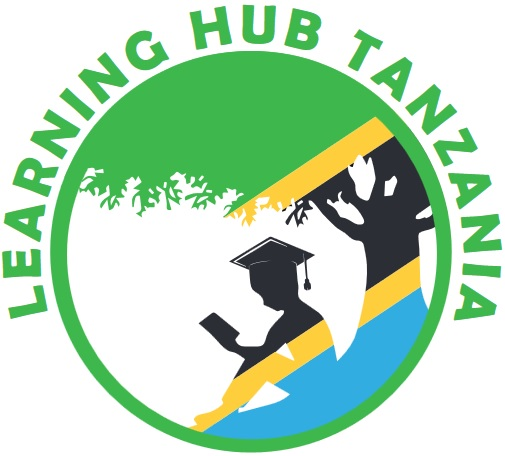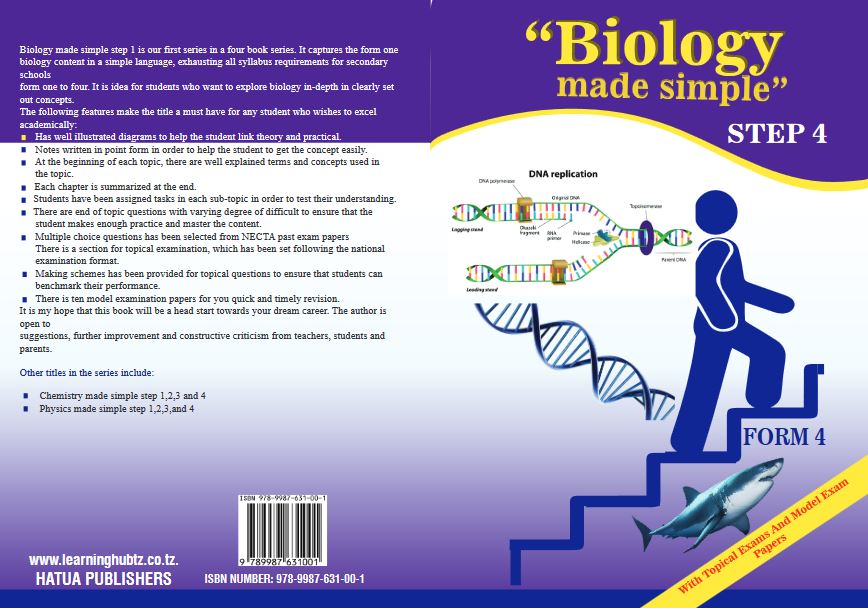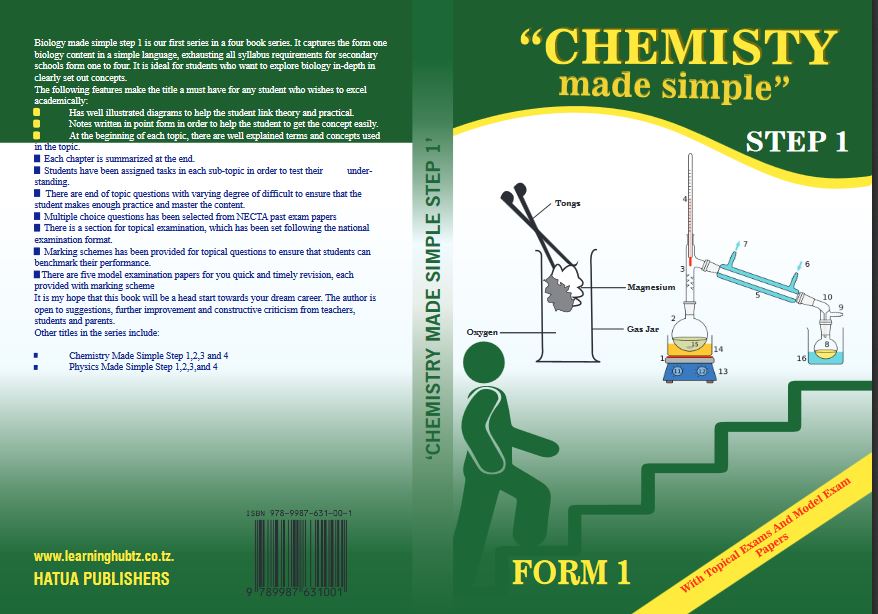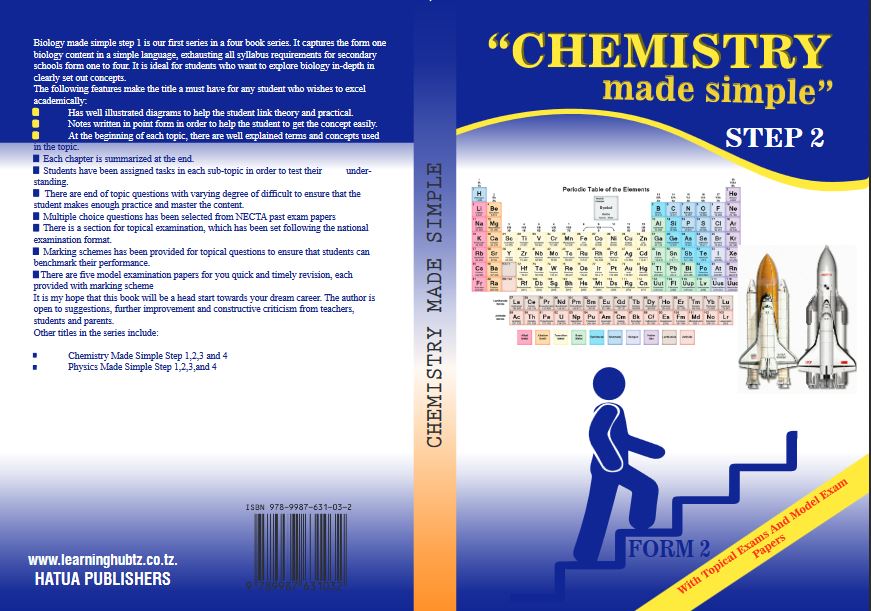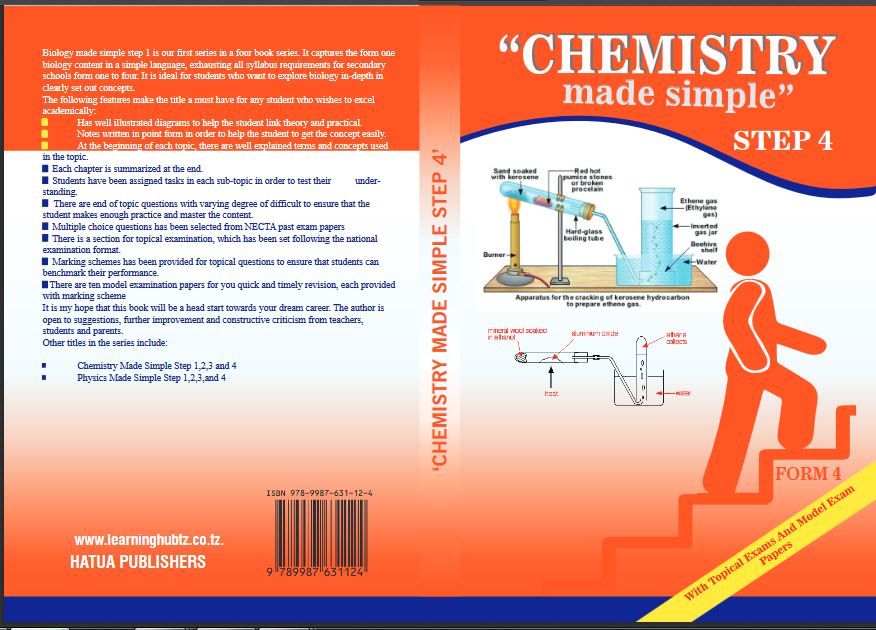THE UNITED REPUBLIC OF TANZANIA
PRESIDENT’S OFFICE – REGIONAL ADMINISTRATION AND LOCAL GOVERNMENT FORM THREE ANNUAL EXAMINATION – NOVEMBER-2025 LITERATURE IN ENGLISH TIME: 3 HOURS
INSTRUCTIONS
1. This paper consists of three sections A, B and C .
2. Answer all questions in sections A and B and two (2) questions from section C.
3. Cellular phones and unauthorized materials are not allowed in the examination room.
4. Write your answers clearly in the spaces provided.
5. All essays must be well organized and relevant.
Answer all questions in this section.
1. Multiple Choice Questions (10 marks)
Choose the correct answer and write its letter in your answer booklet.
(i) Literature is best defined as: A. A collection of scientific facts B. Written or spoken works that express human experiences creatively C. A book written in English only D. The study of grammar
(ii) Which of the following is NOT a function of literature? A. To entertain B. To educate C. To preserve culture D. To measure speed
(iii) Which one of the following is an example of oral literature? A. A novel B. A poem performed by word of mouth C. A newspaper D. A biography
(iv) A short story is an example of: A. Drama B. Poetry C. Prose D. Folktale
(v) The repetition of initial consonant sounds in a line of poetry is called: A. Personification B. Alliteration C. Simile D. Metaphor
(vi) Which of the following pairs is correctly matched? A. Romeo and Juliet – Prose B. Things Fall Apart – Drama C. The Lion and the Jewel – Play D. The Pearl – Poetry
(vii) Which element of a play refers to the place and time of events? A. Theme B. Plot C. Character D. Setting
(viii) The message of a literary work is: A. What the writer intends to communicate to readers B. The list of characters in the work C. The sequence of events D. The way characters speak
(ix) Which of the following is NOT a genre of oral literature? A. Myths B. Proverbs C. Epics D. Novels
(x) Which literary device is used in the statement “The sun smiled at the village” ? A. Simile B. Hyperbole
C. Personification D. Irony
2. Matching Items (6 marks)
Match the items in List A with the correct responses in List B by writing the letter of the correct answer.

SECTION B (54 Marks)
Answer all questions in this section. Each question carries 9 marks .
3. A teacher asked her students to explain the value of literature in society. (a) Define literature. (b) State three functions of literature in everyday life. (c) Explain three ways in which literature preserves culture.
4. A grandmother narrated a folktale to her grandchildren during the evening. (a) Identify the genre of oral literature being performed. (b) Explain three importance of folktales in society. (c) Mention three challenges facing the transmission of oral literature today.
5. Students in a literature club read a short story written by a Tanzanian author. (a) State three features of written literature. (b) Differentiate between prose and drama.
(c) Give two advantages and one disadvantage of written literature compared to oral literature.
6. You are given a play with the following summary: “A young man refuses his father’s advice, later faces hardships, and finally realises the importance of family.” (a) Identify two possible themes from the play. (b) List three possible characters in this play. (c) Draw a simple diagram showing the structure of the play (exposition → rising action → climax → falling action → resolution).
7. A poet writes: “Time is a thief, stealing our moments of joy.” (a) Identify the literary device used in the line. (b) Explain two reasons why writers use literary devices in their works. (c) Mention two other literary devices and give one example of each.
8. In a play, the main character is portrayed as hardworking, generous, and caring, while his friend is lazy and jealous. (a) Distinguish between character and characterization. (b) State two methods a writer uses to reveal character traits. (c) Explain three roles of characters in a play.
SECTION C (30 Marks)
Answer two (2) questions from this section. Each question carries 15 marks .
9. Using one play or novel you have studied in class, discuss the main themes and show how the writer communicates the message to the audience.
10. “Literature is not only for entertainment but also for development of society.” With reference to two works of literature you have read, justify this statement.
11. With concrete examples from a play or novel you have studied, explain how setting, plot and language work together to make the story effective.
FORM THREE LITERATURE EXAM SERIES 238
FORM THREE LITERATURE EXAM SERIES 238
Hub App
 For Call,Sms&WhatsApp: 255769929722 / 255754805256
For Call,Sms&WhatsApp: 255769929722 / 255754805256
 For Call,Sms&WhatsApp: 255769929722 / 255754805256
For Call,Sms&WhatsApp: 255769929722 / 255754805256
WHATSAPP US NOW FOR ANY QUERY
GO TO NECTA EXAMS

